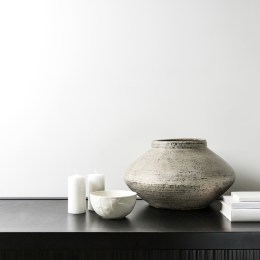If you’re a fan of Sex and the City, you’ll remember Samantha’s red raw face after a chemical peel (above).
Thankfully treatments have come a long way since then and, as an experienced therapist, you know a good peel on the right candidate will leave skin smooth, clear and youthfully radiant.
And you are surely seeing a lot of clients walking through your salon, spa and clinic door right now looking to slough off the snake skins of summer.
Peels can also be extremely effective weapons in combatting stubborn conditions such as acne and pigmentation, both of which typically get worse in the peak-sun season.
But many consumers have outdated notions about what the treatment involves, and so reject the notion. As recently as 20 years ago, a chemical peel was typically medical strength and performed by doctors or nurses.
It required sedation because layers of skin were literally being burnt off, and afterwards patients would be swathed in bandages.
For a couple of weeks afterwards they would then watch as their red, swollen faces oozed, scabbed and flaked until they finally healed. But redness of the newly revealed skin could persist for three months or more.
Granted, results could be spectacular, especially when a patient’s skin had previously been severely wrinkled and sun-damaged.
But there were also horror stories of people being left with unnatural wax-like complexions – or, far worse, burn scars, hyperpigmentation or hypopigmentation.
But peels have evolved exponentially and are now a vital weapon in the modern aesthetics armoury, involving minimal, if any, discomfort, and usually no downtime (albeit there could be dryness and flaking for about a week, depending on the strength of the formula).
If you have clients who are reluctant to try peels but you know how much they would benefit from them, put it to them this way: it’s like an advanced form of exfoliation that will deeply purify the skin and sweep off debris to reveal fresher, younger looking skin.
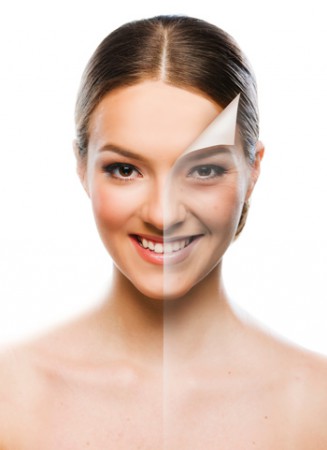 “Exfoliation is the number one requested service by consumers at our skincare centre,” says Dr Diana Howard, Head of Research and Development, Dermalogica. “For years we had to shy away from using the word ‘peel’ because it scared people, but a peel is basically an accelerated form of exfoliation.”
“Exfoliation is the number one requested service by consumers at our skincare centre,” says Dr Diana Howard, Head of Research and Development, Dermalogica. “For years we had to shy away from using the word ‘peel’ because it scared people, but a peel is basically an accelerated form of exfoliation.”
She explains that you get the end result, the peeling of the skin, because you are irritating the skin with chemicals.
“It’s called controlled inflammation and it’s a very fine between treating and damaging the skin. If you do too much damage to the skin you can actually cause premature ageing.”
Okay, so that’s how to explain a peel to the newbie, but the word “chemical” can often evoke negative connotations.
“It’s up to you to ease your client’s fears and explain how the chemicals used in chemical peels jumpstart the skin’s natural process of rejuvenation,” says Louis Silberman, president of the US National Laser Institute, an entrepreneur and pioneer known for his leadership in medical aesthetics.
“Let your clients know that chemical peels have been helping people get beautiful skin since the times of ancient Egypt and Rome!
“Ancient Egyptian women used sour milk (a source of lactic acid) to rejuvenate skin, while women in ancient Rome exfoliated with grape skins (a source of tartaric acid).
“In addition to giving clients background information on the procedure, empower them to get the best results possible by providing detailed pre- and post-care instructions to reduce the chances of irritation.
“Also, be sure to let your clients know that most light-to-medium peels typically require at least six treatments over a three-month period to see optimal results.”
Louis says it’s also important to share information with your clients about the different types and strengths of acid peels available.
You need to ensure that you choose a peel that is going provide the outcome you want for a client and that also works for their skin type.
Certain ingredients work best for treating acne, others to minimise sun damage and fine lines. Sensitive skin will also require a more gentle peel than other skin types.
Ingredients like salicyclic acid, lactic acid and glycolic acid work for most skin types, but they come in varying percentages based on client needs.
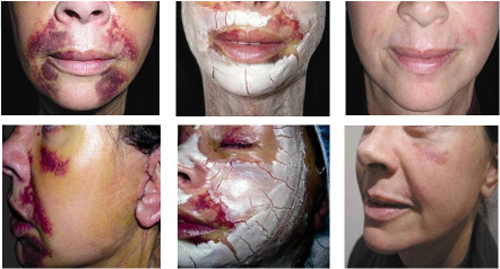
Light chemical peels and enzyme peels are popularly referred to as lunchtime treatments because clients can get them done quickly over the equivalent of a meal break and return to work or regular activities directly afterwards.
They rapidly exfoliate the skin – usually they are left on for around 10 minutes – allowing dead cells to shed more effectively.
Done in a series, they can improve mild to moderately severe cases of acne, by keeping dead cells and excess oil from clogging the hair follicle.
They will also soften the look of fine lines and wrinkles, even out skin texture and fade discolourations. There are a wealth of superior professional peels and home care products to maximise and maintain results. Click here for a rundown of some of the best.
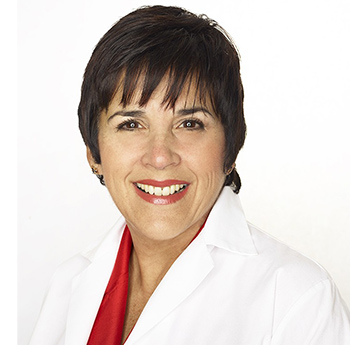
The key reason we offer peels is because, as skin ages, cell turnover slows down and so it takes longer for the skin to regenerate. When you regenerate new skin, skin looks healthier.
Even women in their 20s can get an accumulation of cells on the surface of skin which dull and muddies the complexion.
“By helping to exfoliate in a more accelerated way with the use of the chemical peel we are stimulating the underlying cell of the lower epidermis to regenerate new cells,” says Dr Diana Howard.
But it’s also important as a therapist to know when enough’s enough, or a client’s skin simply shouldn’t go there in the first place.
Dr Howard says you shouldn’t offer peels if a client is undergoing laser treatment, has active infections, an open wound or a history of drugs with photosensitising potential.
And there is simply the case of overdoing it, thus damaging and weakening the skin, making it more vulnerable to dryness, lines and wrinkles, pigmentation and other inflammatory damage.
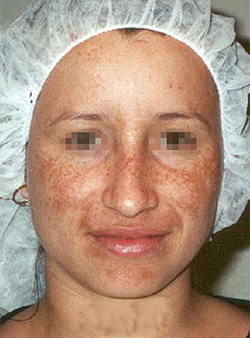
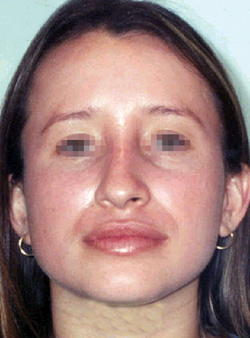
A popular presentation at last year’s Beauty Expo Australia‘s inaugural Paramedical Conference was “Are We Peeling Too Much?”, delivered by industry guru Gay Wardle. She will be delivering the presentation by popular demand again at this year’s Expo, August 21-22 at the Sydney Exhibition Centre, Glebe Island.
“In today’s market we are given so many choices when it comes to peels all claiming amazing results,” says Gay.
“But peeling is not just simply putting product on the skin. The results depend largely on the skill of the therapist performing it.
“A professional peel procedure includes consultation, prepping the skin, combining modalities, and client care instructions.

“We will cover all of these points and more in this seminar. If you want to build a reputation on delivering results that change skins, this is the seminar for you.”
SPA+CLINIC highly recommends you go along!
Of course, once a client leaves your care there’s a whole lot that can go wrong if they aren’t armed with relevant information about post-peel skin care.
They shouldn’t use any exfoliating products or products containing retinoids in the week leading up to the peel or for a few weeks afterwards as they will further the irritation and potential damage to the skin.
After a peel, skin will be more sensitive, particularly to UV rays. To avoid hyperpigmentation after a peel clients must avoid sun exposure as much as possible while the skin heals and be vigilant about using high SPF sunscreen.
When a client has had a deeper peel for a more intense result, make sure they understand they may notice skin turning red or more pigmented for a few days and that the flaky skin is more obvious.
It’s very important they do not pick or peel off the flaking skin or they could be left with scarring. Let the peeling occur naturally and allow the skin to heal.



